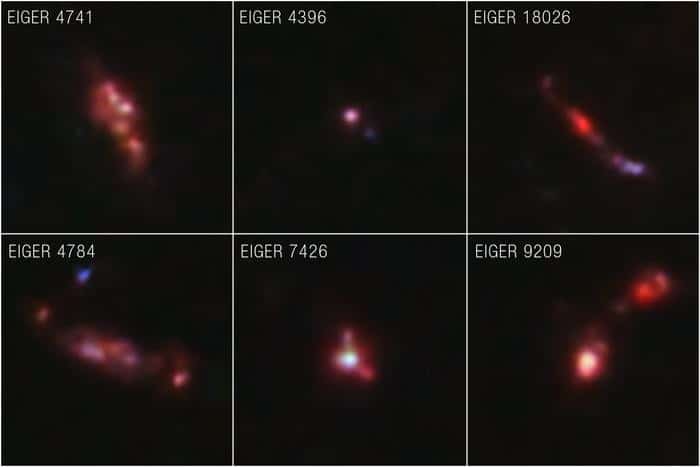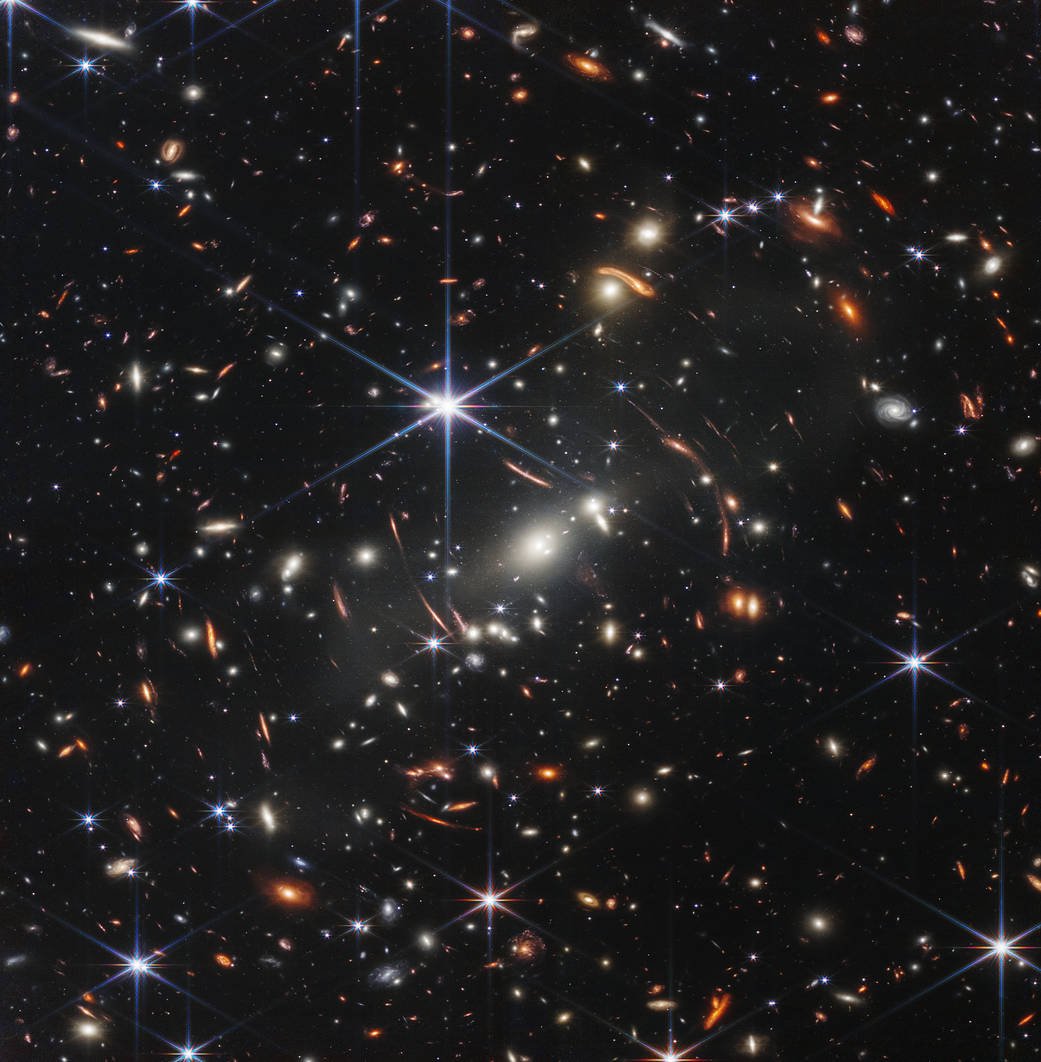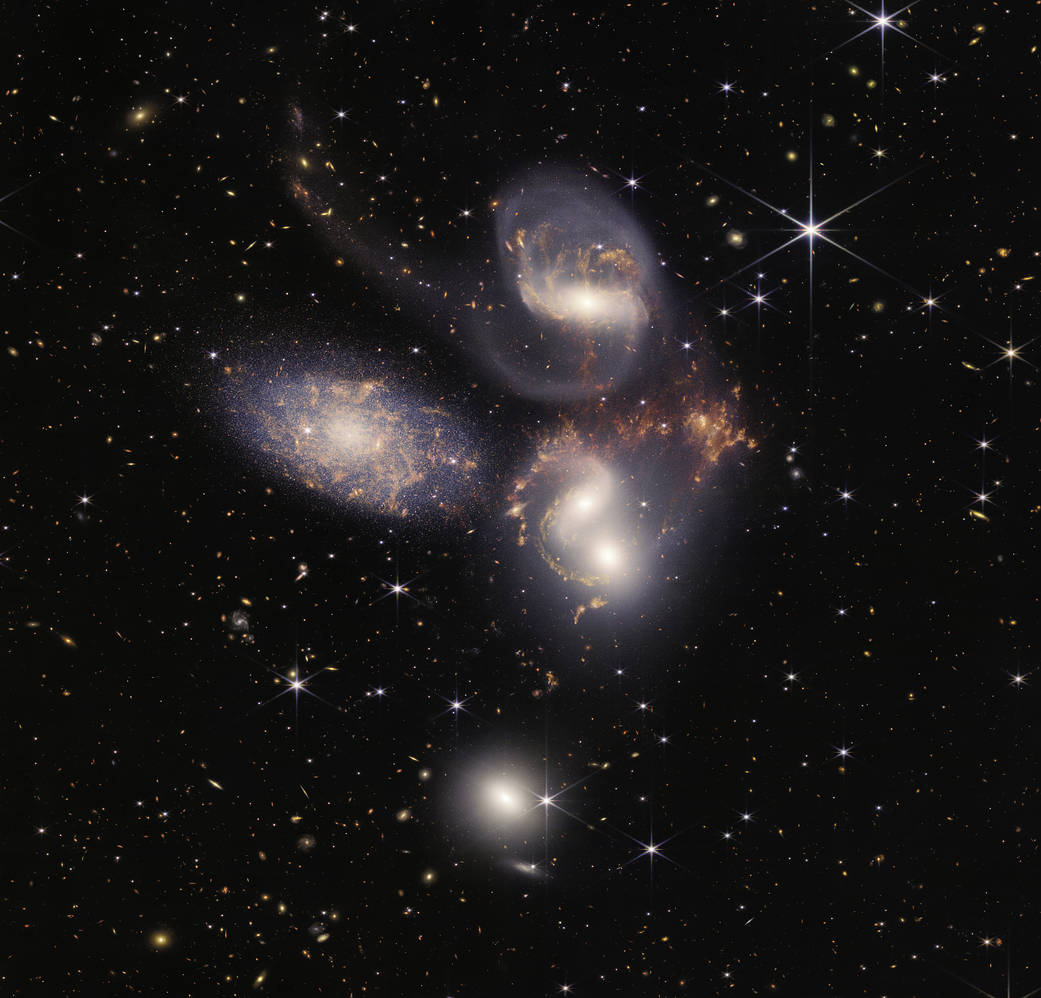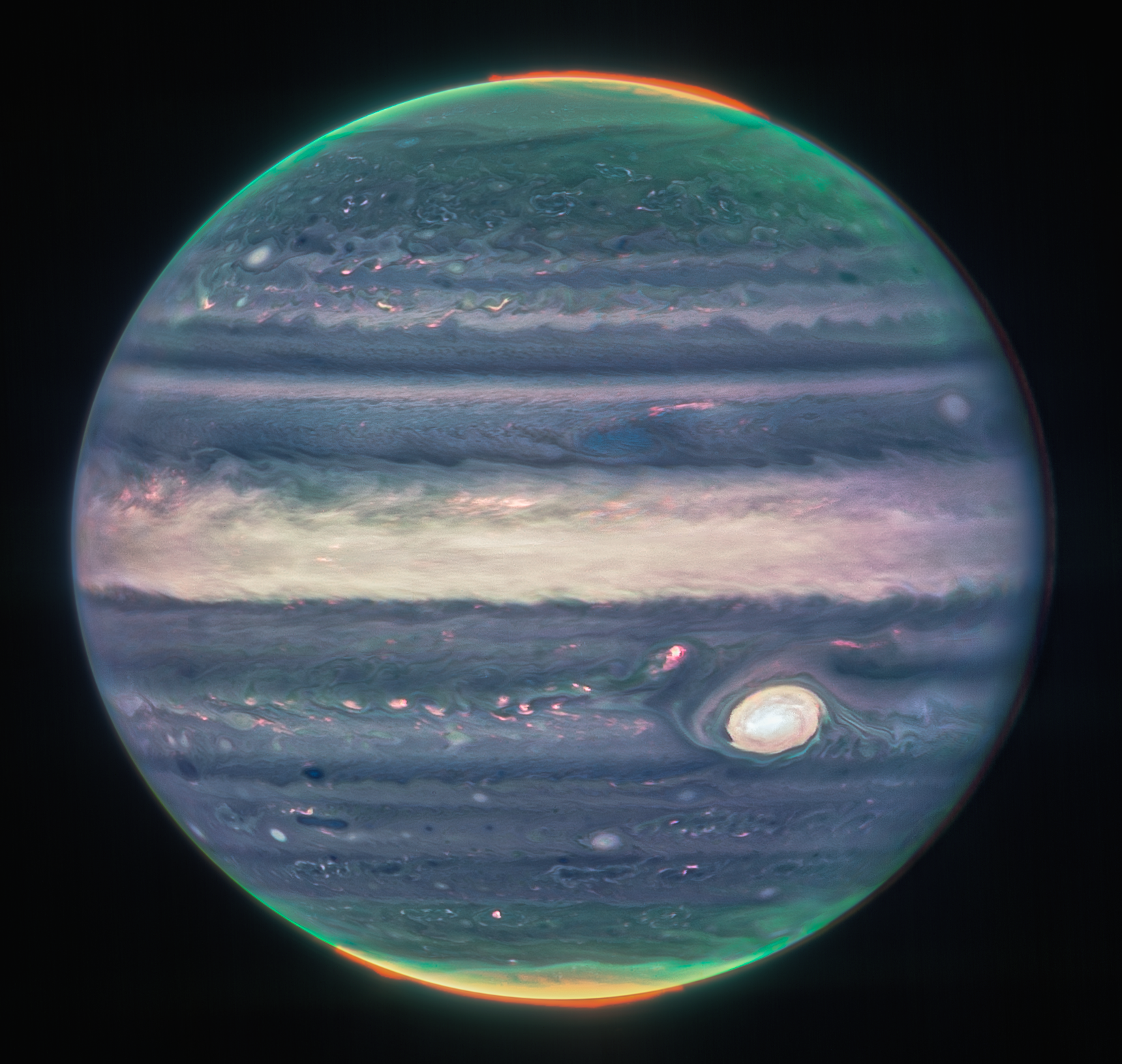Lionel Richtea
Some great battles in that race. Very enjoyable.
RIP Alpine
Let's hope it doesn't have a RAM issue.
Hurhur.
To start, and have people engage in a discussion.
Truth. Just a few more weeks before we start getting the "Experts say the WORST winter an hundred years is predicted." ~~headlines~~ bullshit
Anyone could think this is the oil companies paying to discredit EV's.
A bellend in the UK, Bulgaria and Italy.
I'm a RIF Refugee, and I was just recommended Connect for Lemmy, and I'm using it right now. It's on the Play store.
Ah that's good there are things coming! Looking forward to what the devs can do.
I'll keep a look out! Thanks.
Just made my account too. RIP RIF, you were good to me.
Now I'm excited to see what this Lemmy.world is all about - does it have an app on the Play store?









I second Jerboa.